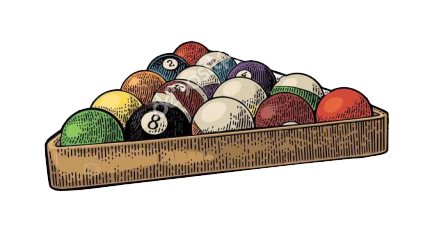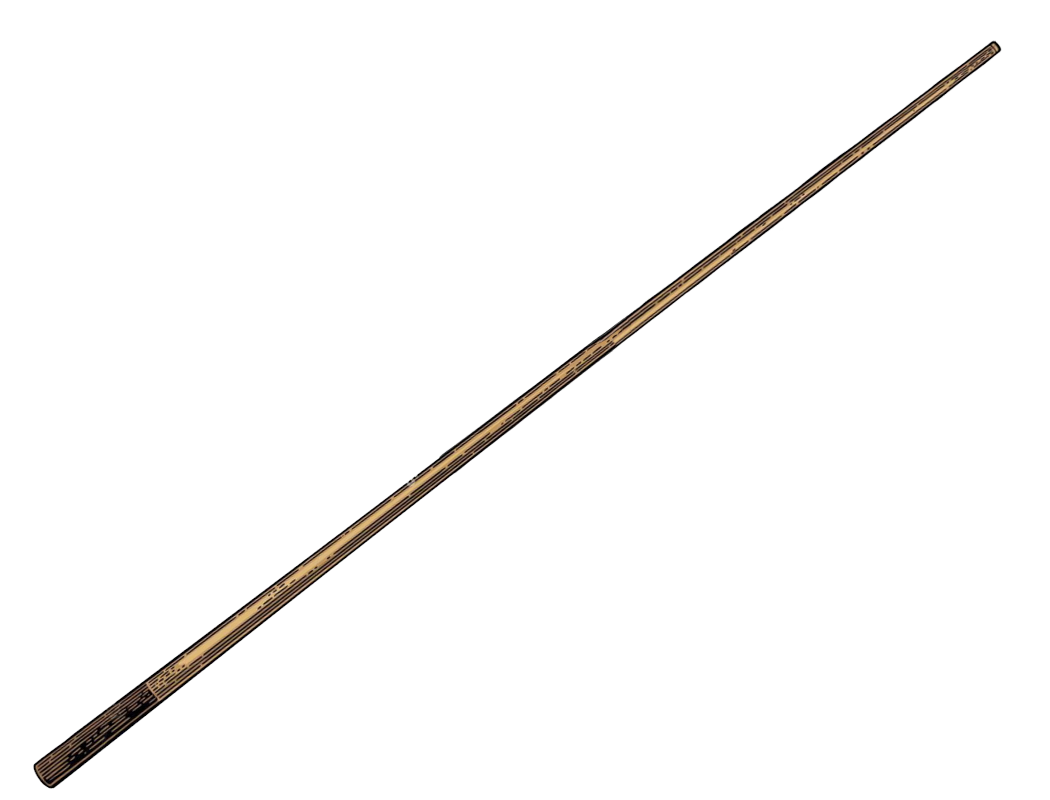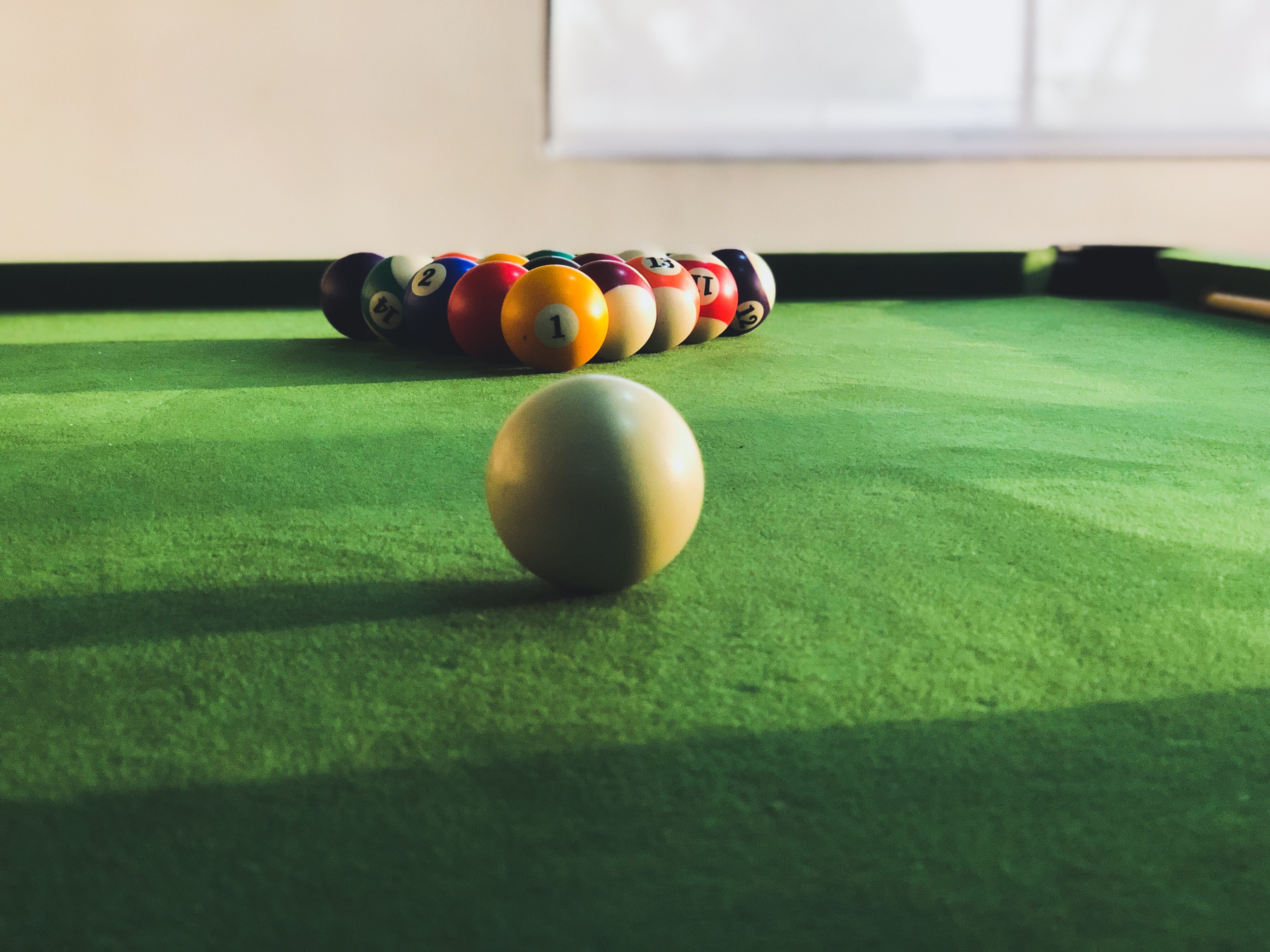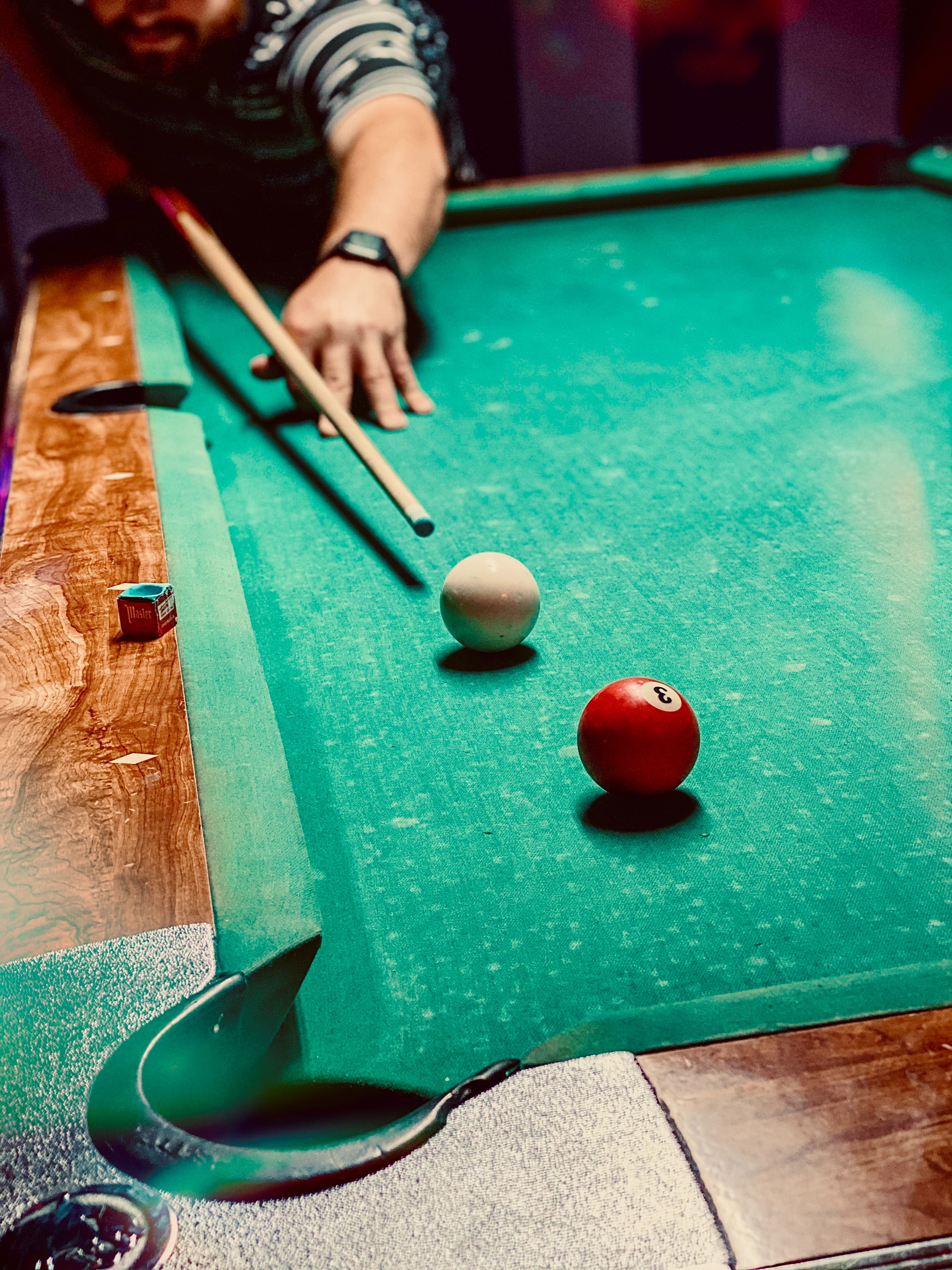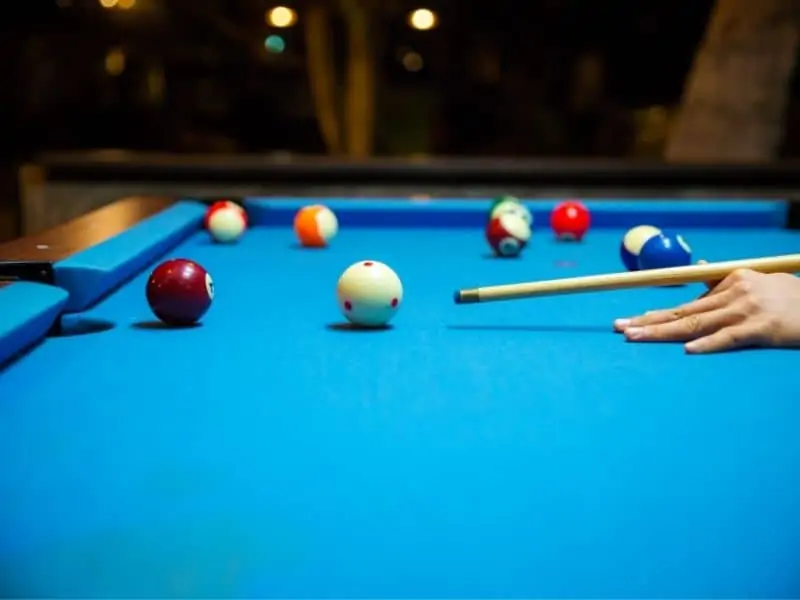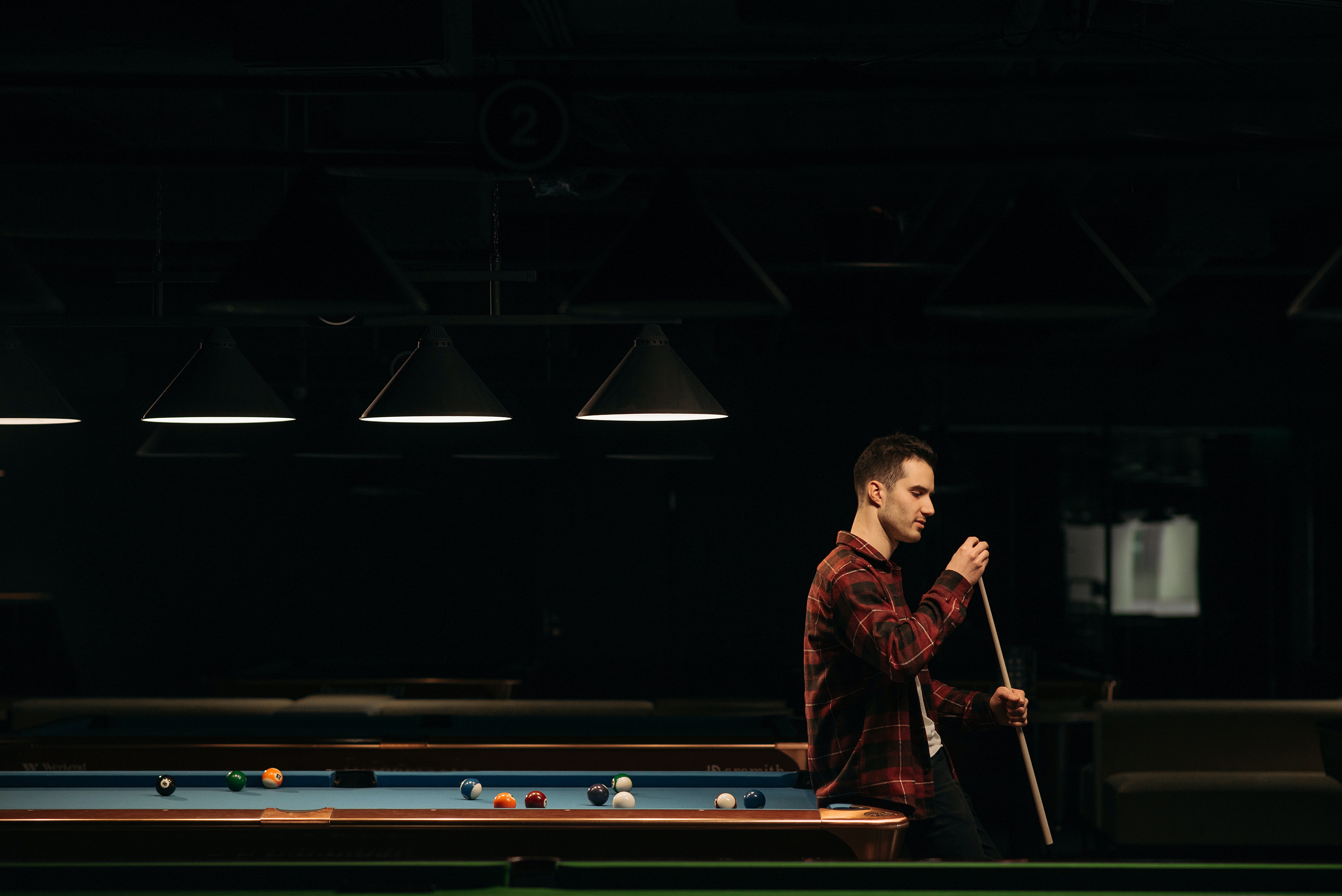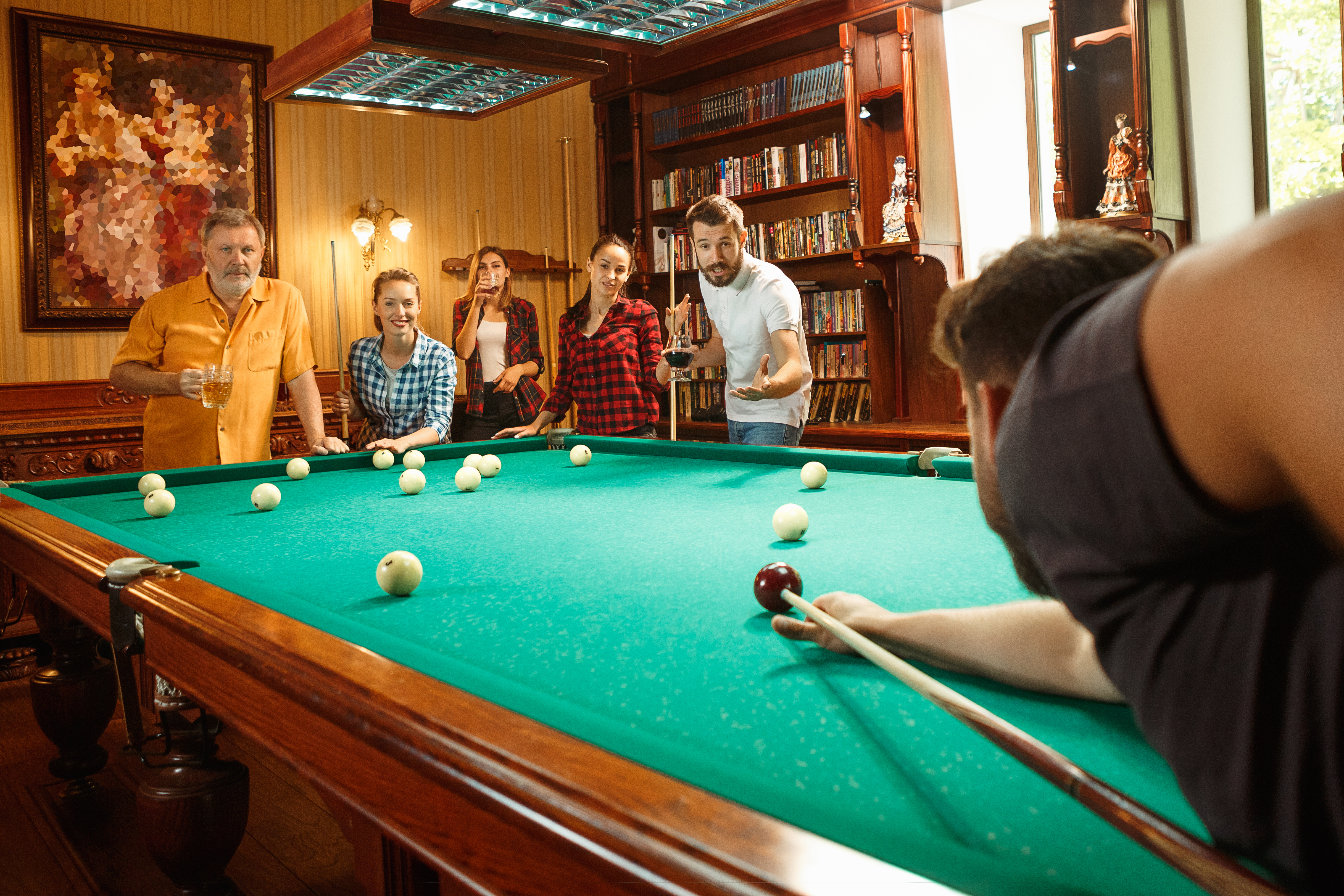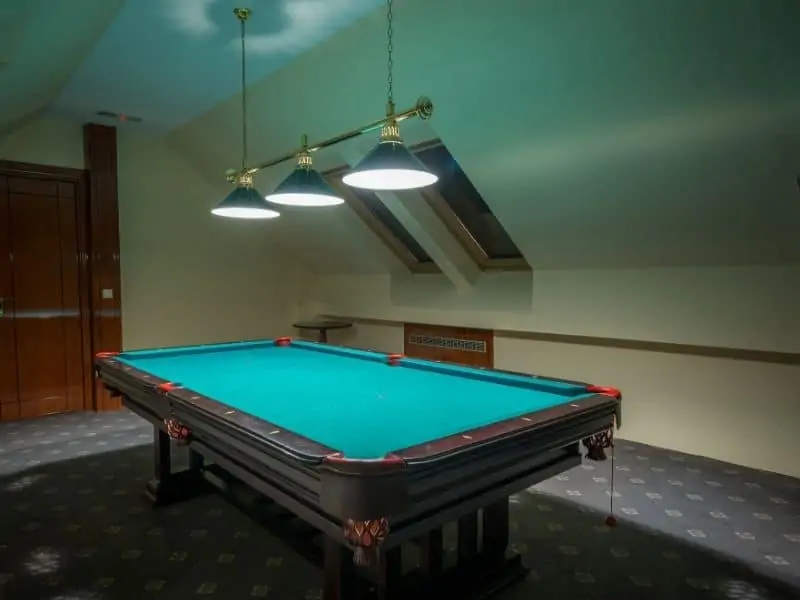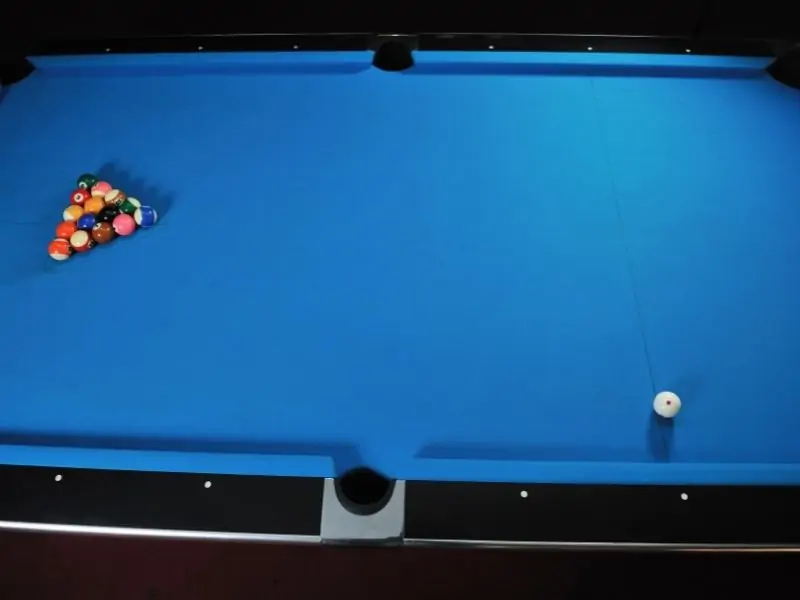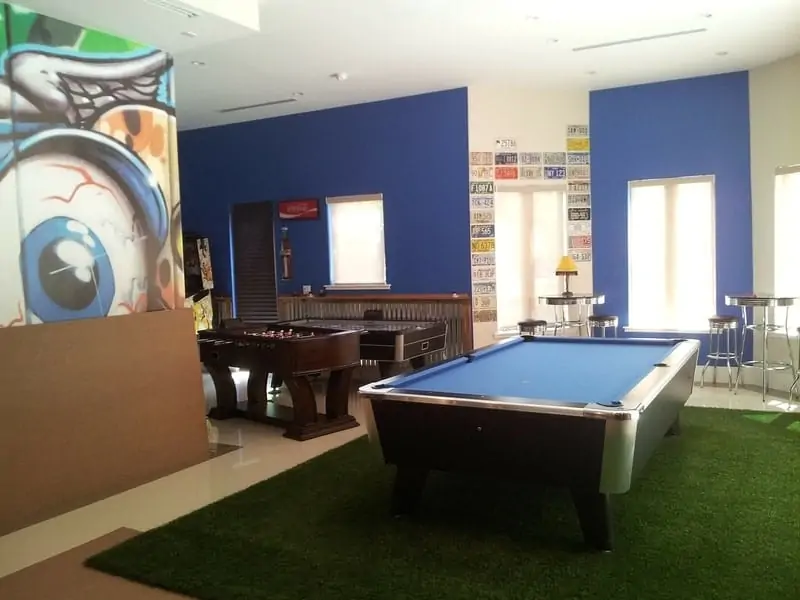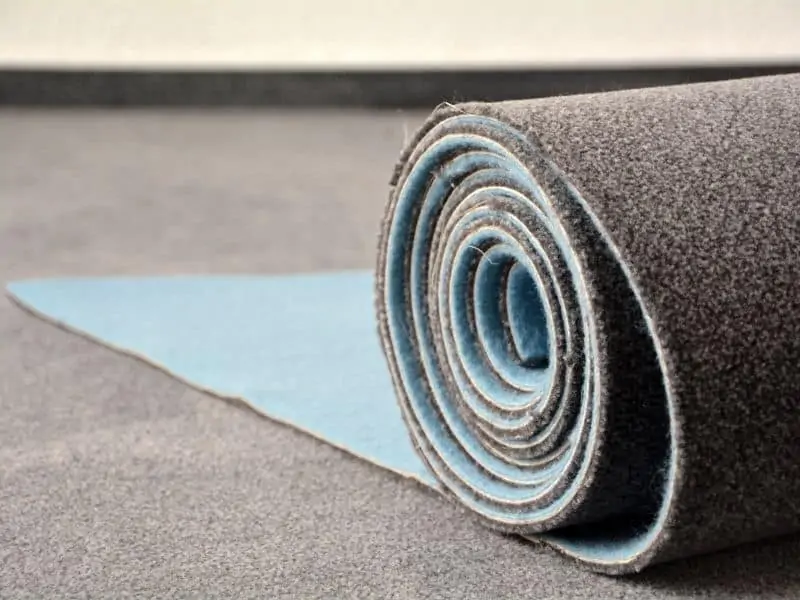Playing pool is a great way to relax and spend time with friends and family. There are tons of different pool games you can learn, and playing each one presents its own unique challenges.
However, with each new game comes a new set of rules and regulations that have to be learned and followed. And, not all pool games are played with the same amount of balls.
How many balls are used in pool?
The number of balls in a pool game hinges on the specific game you’re playing. Let’s take a closer look at a few popular pool games and their respective ball counts:
8-Ball Pool: A popular favorite, 8-Ball pool is played with 15 object balls and a cue ball. This variety adds layers of strategy and excitement to the game, as players navigate through a larger set of balls.
9-Ball Pool: With its focus on precision and shot selection, 9-Ball pool utilizes 9 object balls and a cue ball. This streamlined setup encourages players to strategize carefully with a limited number of balls on the table.
Other Pool Games: Beyond the well-known 8-Ball and 9-Ball variants, some pool games use even fewer object balls, often as few as 3. These games offer unique challenges due to the reduced number of balls in play.
As you can see, the amount of pool balls used in a given game can vary drastically. Fortunately, though, learning new pool games isn’t difficult and can be lots of fun once you have the basics down.
That’s why in this article we’re going to take a look at some of the most popular pool games being played today and show you how many balls are used for each of them. But first lets go over some pool ball basics.
Billiard Ball Basics

A typical set of pool balls consists of 15 object balls and a cue ball for a total of 16 balls.
There are 8 solid colored object balls including the 8-ball and 7 striped object balls. The 8-ball is all black and is the only black ball in the set. The rest of the object balls are colored as follows:
- Yellow - Number 1, Number 9
- Blue - Number 2, Number 10
- Red - Number 3, Number 11
- Purple - Number 4, Number 12
- Orange - Number 5, Number 13
- Green - Number 6, Number 14
- Burgundy - Number 7, Number 15
The cue ball is the solid white ball within the set. It is also the only ball that makes contact with your pool cue. It is used to knock the object balls into the pool table pockets. There are some variations of the cue ball that serve as training aids. Cue balls such as the Aramith Super Pro Cup or the Jim Rempe Training Cue Ball are such examples.
Overall, most billiard balls are the same in terms of their design. Most pool balls have 8 solid colored balls, and 7 striped balls. In terms of size, regulation size pool balls are 2 1/4” in diameter. This is the industry standard and most sets of billiard balls on the market today will be this size unless stated otherwise.
Generally speaking, pool balls today are made from plastics and resins, such as polyester, or clear acrylics. High-end pool balls, such as those made by Aramith are made from phenolic resin and is considered to be the best materials for pool balls currently. You can check out a set of Aramith pool balls here, on Amazon.
Related Article - Are Aramith Pool Balls Worth The Money?
Balls Used In Various Pool Games
8-Ball Pool
8-Ball pool makes use of all 15 object balls and the cue ball. At the start of the game, all 15 object balls should be racked and placed at the foot spot of the table for the break. The number 8-ball should be placed in the center of the rack. One stripe and one solid ball should be placed at each bottom corner of the racking triangle with the number 1-ball placed at the top of the triangle.
9 Ball Pool
9-Ball pool makes use of 9 object balls, numbers 1-9, and the cue ball. At the start of the game, all 9 object balls should be racked and placed at the foot spot of the table for the break. The number 1-ball should be placed at the top of the triangle and the number 9-ball should be placed in the center. All of the other object balls should surround the 9-ball in random order.
10 Ball Pool
A game of 10-Ball should be played with 10 object balls, numbers 1-10, and the cue ball. Place the number 1-ball at the head of the triangle with the number 10-ball in the center. Place all other balls in random order around the 10 ball.
7 Ball Pool
7-Ball pool requires, you guessed it, 7 object balls numbered 1-7 and the cue ball. Again, the number 1-ball is placed at the head of the triangle with the number 7 ball in the center. The rest of the balls, number 2-6, should be placed in order, clockwise, around the 7-ball.
3 Ball Pool
3-Ball pool is a fun game that only uses 3 object balls, usually numbers 1-3, and the cue ball. Place all three object balls at the top of the racking triangle to form a mini triangle. Usually the number 1-ball is at the head position with the other two balls directly behind it.
Cut Throat Pool
Cut Throat pool makes use of all 15 object balls and the cue ball. The number 1-ball should be placed at the head position of the triangle with the number 6-ball and the number 11-ball placed in the bottom two corners of the triangle. All other balls are placed randomly within the triangle.
Straight Pool (Continuous 14:1)
Straight pool is a pool game that uses all 15 object balls and the cue ball. All object balls are placed randomly within the triangle and set up at the foot spot of the table for the break.
For more information on how to properly rack all these games mentioned above, check out my article How To Rack Pool Balls Properly: A Complete Guide.
In Conclusion
I hope by now you have the information you need to make sure you’re playing with the right amount of pool balls. Also, don’t hesitate to make up some rules and games of your own, and use as many or as few balls as you like. Keep it fun and interesting! I hope this article has been helpful and feel free to check out our other super helpful articles just like this one for all of your billiard related needs!
